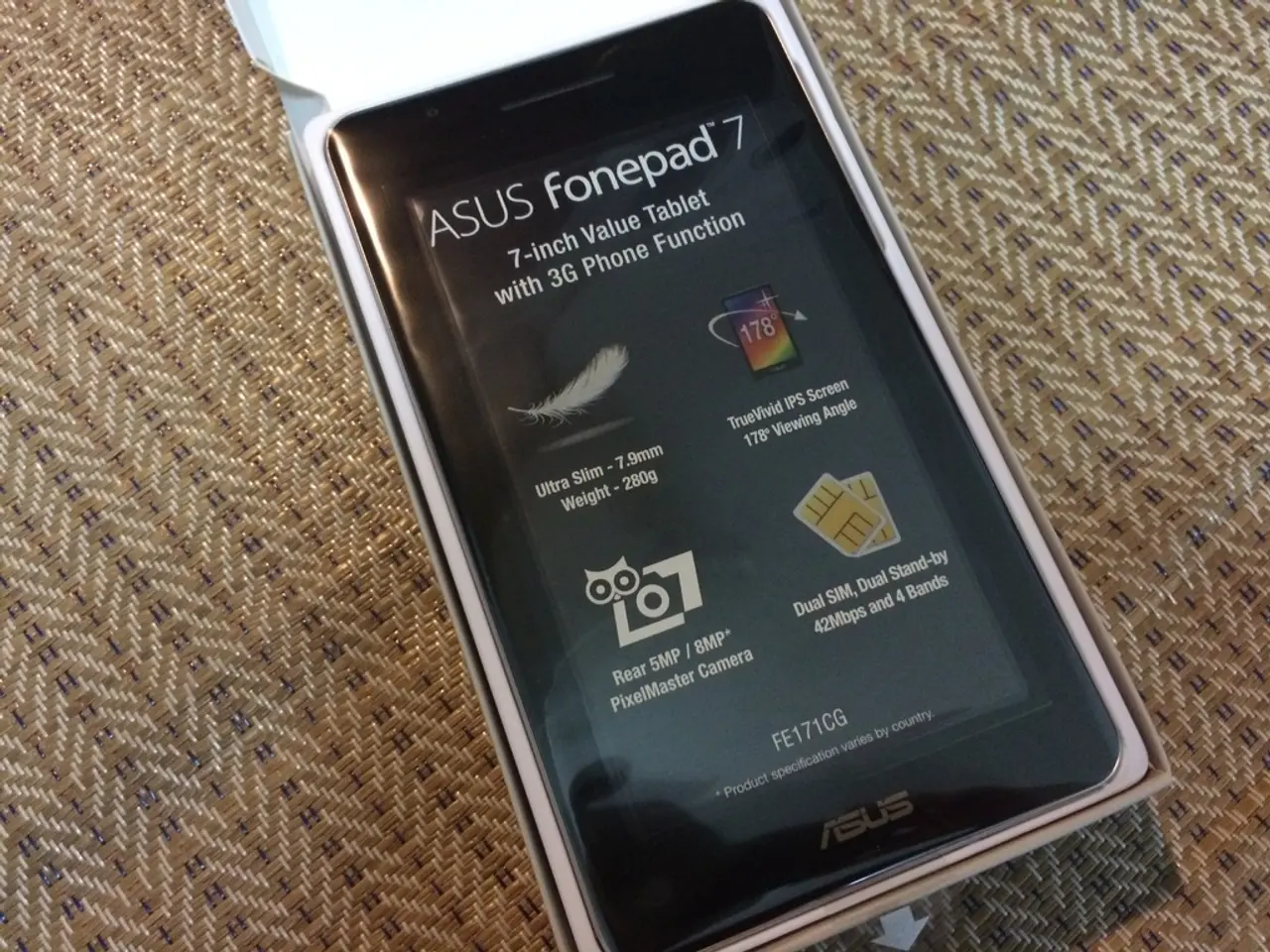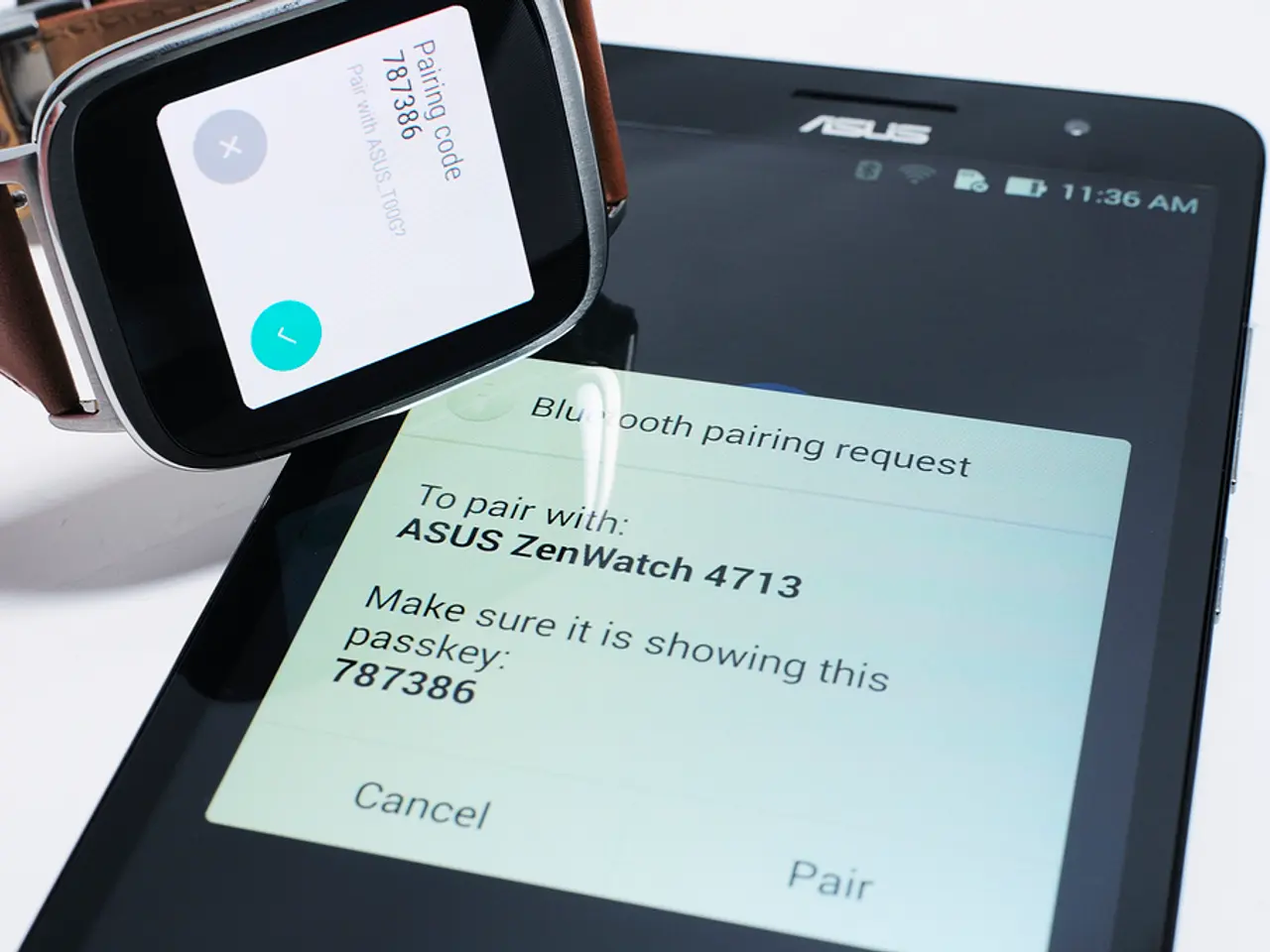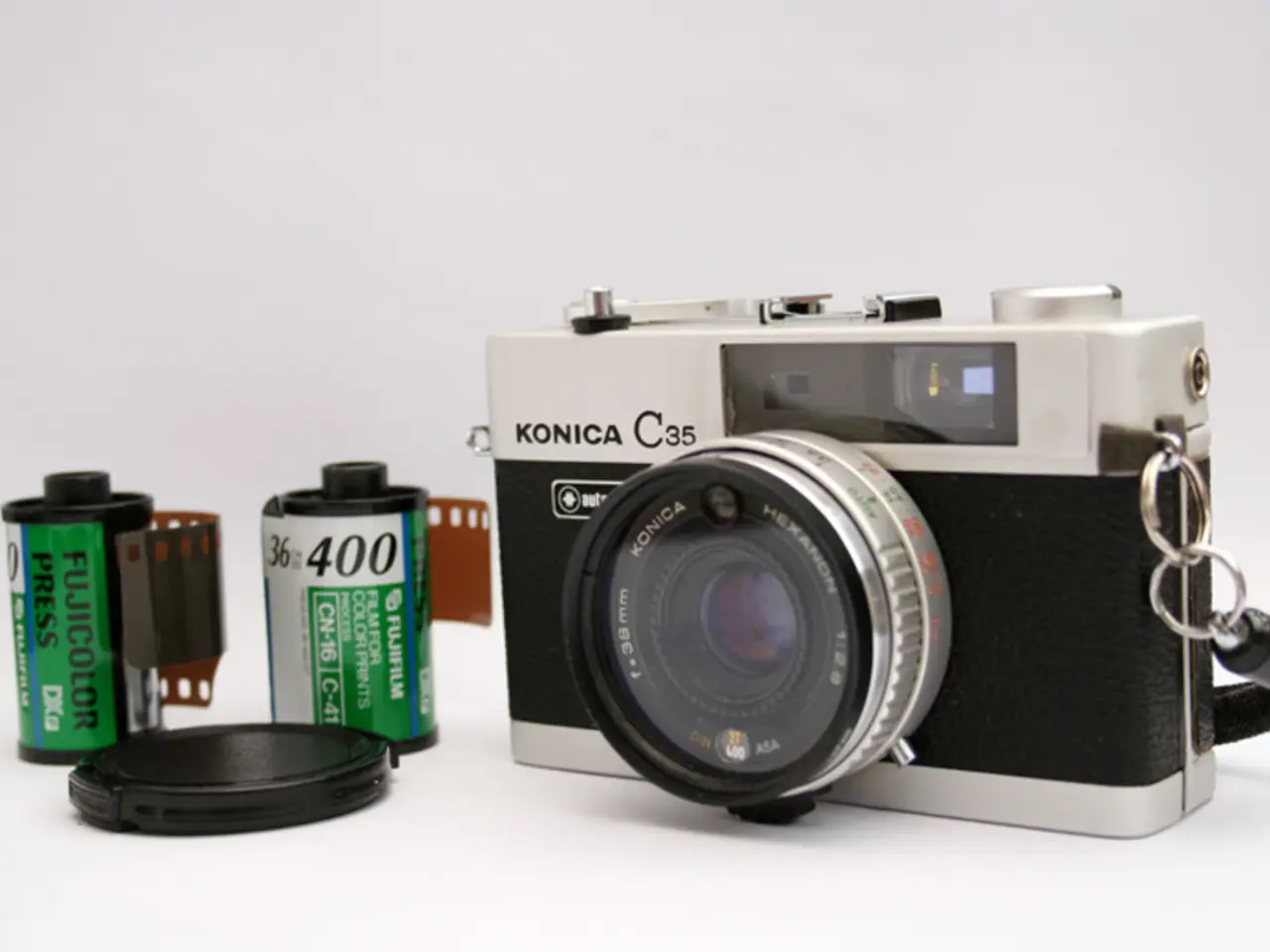Examining Google's Strategy for Android XR and Its Ambitious Game Ventures
At AWE 2025, Google made a big splash with their pitch for Android XR, targeting developers for the next wave of virtual reality, augmented reality, and smart glass technology. Here's the lowdown on Google's Android XR hunt for devs, courtesy of my AWE 2025 insider report.
Android XR: Recruiting Developer Troops
Google has been persistent in the glasses game for 10 years, and they assure us that the flip flops on Google Glass and Daydream were just blips in the road to Android XR. Google XR's Juston Payne emphasized the leaps forward in hardware and software, with multimodal AI and language models (LLMs) as the real inflection point for XR. They're pushing Gemini as the glue binding XR devices, reassuring devs they can harness Gemini to streamline their own XR apps.
"AI will do for XR products what the touchscreen did for smartphones," Payne argued. Leveraging the Firebase AI Logic SDK, devs will be able to experiment with multimodal AI for their apps.
Devs can currently work on Android XR apps for VR headsets like Moohan, but smart glass support will come later this year, with Google collaborating with Samsung and designers like Warby Parker to launch the first smart glasses soon.
Hugo Swart, a senior XR director at Google, followed Payne's talk, urging devs to embrace Android XR by pointing out its similarities to Android on phones. “It takes a village,” Swart told the crowd, inviting ODMs, camera sensor and module vendors, waveguide display makers, app developers, and content providers to build the Android XR community.
Android XR promises core tools like head/eye/face/hand tracking, controllers, depth perception, and 3D reconstruction, all capable of running across different devices without fragmentation. By using the Firebase AI Logic SDK, devs can create one app that'll work seamlessly on multiple devices, saving them valuable development time. Plus, Google has optimized Android XR to work handsomely with Qualcomm processors like Snapdragon.
Gaming on Android XR
As Android XR failed to make a splash at GDC 2025, I was curious about Google's game plan for supporting developers on this new platform. It turns out Owlchemy Labs and Resolution Games were already experimenting with Android XR using Unity 6's OpenXR input handling and a Universal Render Pipeline (URP) for graphical compatibility.
Maker of the popular VR game "Fallout Factions XR," Mirrorscape let me in on the process of porting games to Android XR. According to CEO Grant Anderson, designing for a virtual space, rather than a “little rectangle” (read: your phone), can be a game-changer. Using Unity's AR foundation for features like plane tracking, and hand gesture recognition, devs can aim for Android XR with confidence. However, adapting to architectural changes and new rendering pipeline requirements in Unity 6 can be a challenging task.
Until the Samsung Moohan headset or Google's reference AR glasses become widely available, devs must build their own reference hardware to check the compatibility of their XR apps. Optimizing for Snapdragon XR2 hardware might sound daunting, but devs can rely on tricks like Spacewarp and foveated rendering to lighten the load.
Android XR devs can rest easy knowing their enhanced gaming experiences will be compatible with devices running the Snapdragon AR1 chip, which supports on-device AI for smart glasses. As of now, there are no Tensor-powered Android XR devices, but Android XR's closer integration with Qualcomm hardware could hint at some interesting developments down the line.
Developer Recruitment Strategy
Google is keen on luring devs into the Android XR fold with an open ecosystem and easy transition. Developing for Android XR now should mean quick access to XREAL's Project Aura headset, allowing devs to be ahead of the game with Android XR's market launch. However, Google must also convince devs that they will see a return on investment. With previous flops like Stadia, Daydream, Cardboard, and other services, Google has to assure devs that they are committed to supporting the ecosystem, especially as Samsung is also heavily involved.
Still, until more affordable Android XR devices enter the market, it's uncertain if VR and XR devs will join the Android XR bandwagon or wait for more concrete hardware from Google's partners. Google certainly isn't shy about trying to crack the code on augmented reality, and with their big-name partners and focus on developer appeal, Android XR is worth keeping an eye on!
- Google is encouraging developers to embrace Android XR by offering them the ability to experiment with multimodal AI for their apps, using the Firebase AI Logic SDK, and by promising seamless compatibility across multiple XR devices, such as smart glasses and VR headsets like Moohan.
- Google is collaborating with partners like Samsung and designers such as Warby Parker to launch the first smart glasses, which will support Android XR later this year. The company is also working on optimizing Android XR to work well with Qualcomm processors like Snapdragon, making it an attractive platform for developers.




